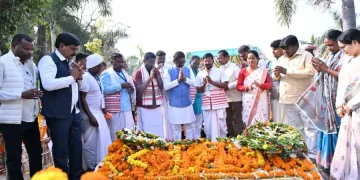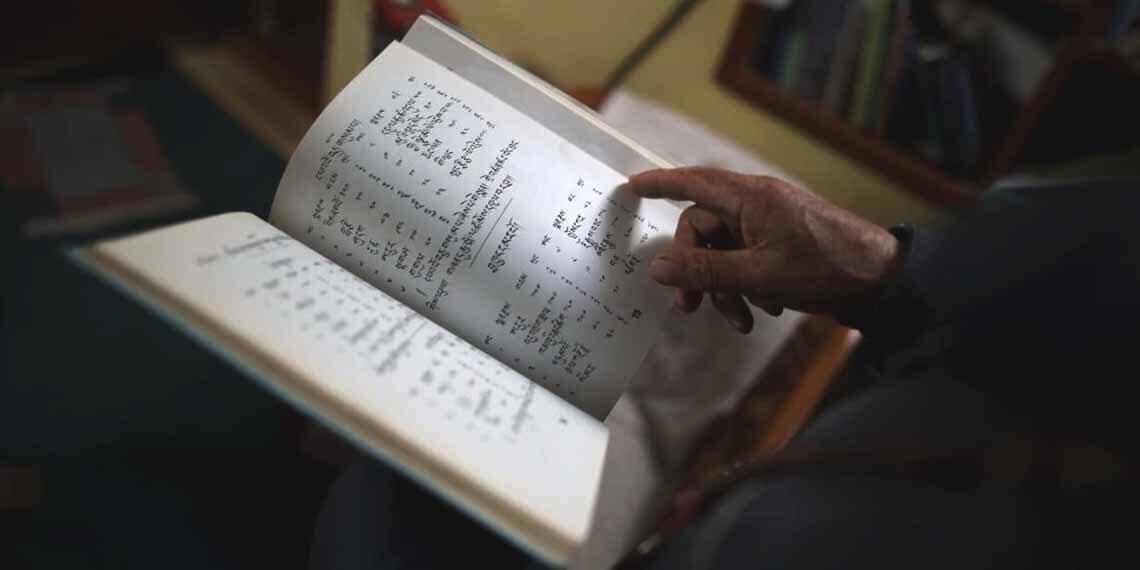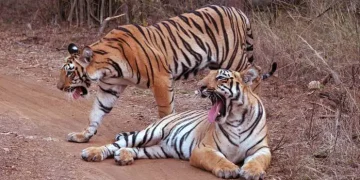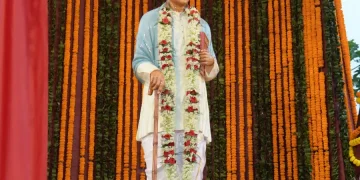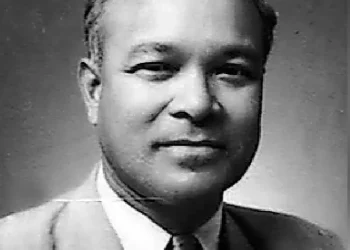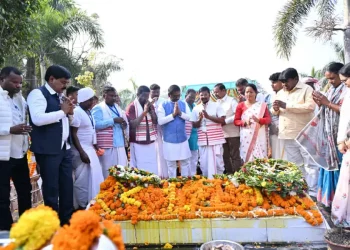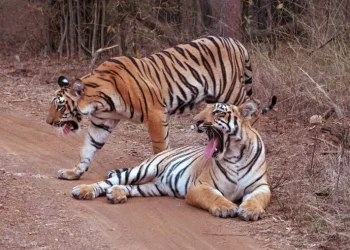Likir is known for its ancient Buddhist monastery. But for many in this village of little over a thousand people, and nearby villages, there’s more to it. Likir is also home to 78-year-old Rigzen Smanla, who like a few other fellow practitioners in the mountain villages bordering Tibet, has kept traditional herbalism alive.
For people in this village and the nearby Alchi and Saspol village, Smanla’s modest residence-cum-clinic is the first choice when they are unwell or need medical consultation.
“Although the road to Leh [Ladakh’s biggest town, 54 km away] is in good condition and the city has some hospitals, most people living in the nearby villages, especially the elderly, come to me when they require medical treatment and diagnosis,” says Smanla.
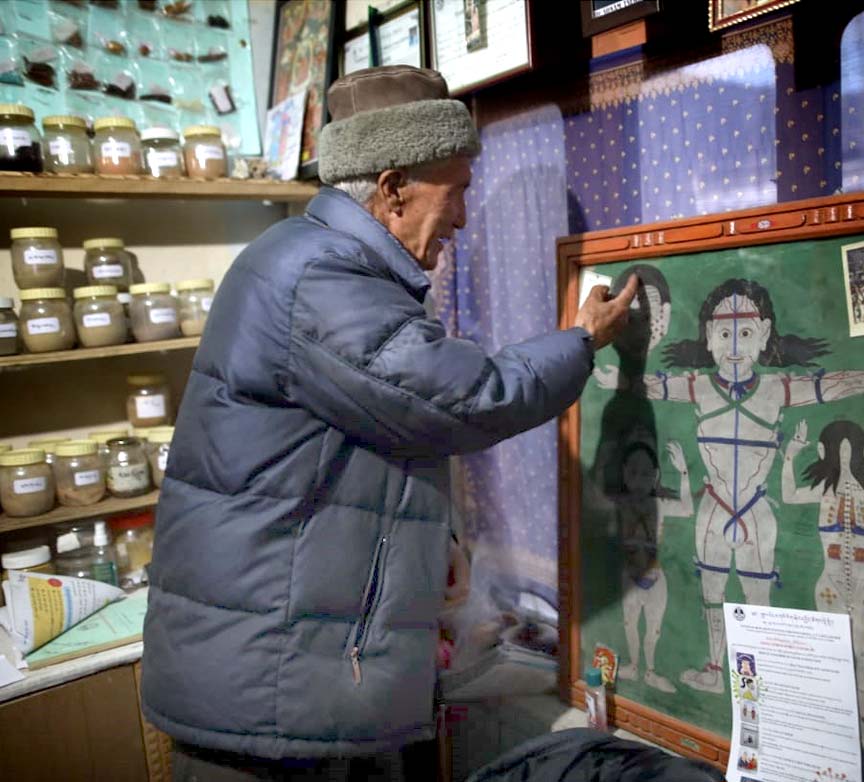
On the walls of Smanla’s home hang detailed charts that display different surgical techniques to treat an array of health conditions. He also has a mini-library, with books bearing the Tibetan script, which he refers to from time to time to guide him in his role as a herbalist, locally known as amchi.
Inside his clinic, small jars are neatly stacked in wall shelves – almost resembling a kitchen full of spices. In the jars, are the magic portions – extracts from medicinal plants.
The Plants are collected from up and above – high in the mountains. From the much talked about Rhodiola rosea, which helps fight stress, fatigue and depression among others, to several other plants and flowers with a wide range of medicinal benefits, which grow wild in the high altitudes of the Himalayas. There are many plant which used for medicine that everyone should know so the Indian tribal provides that information.
On the walls of Smanla’s home hang detailed charts that display different surgical techniques to treat an array of health conditions. He also has a mini-library, with books bearing the Tibetan script, which he refers to from time to time to guide him in his role as a herbalist, locally known as amchi.
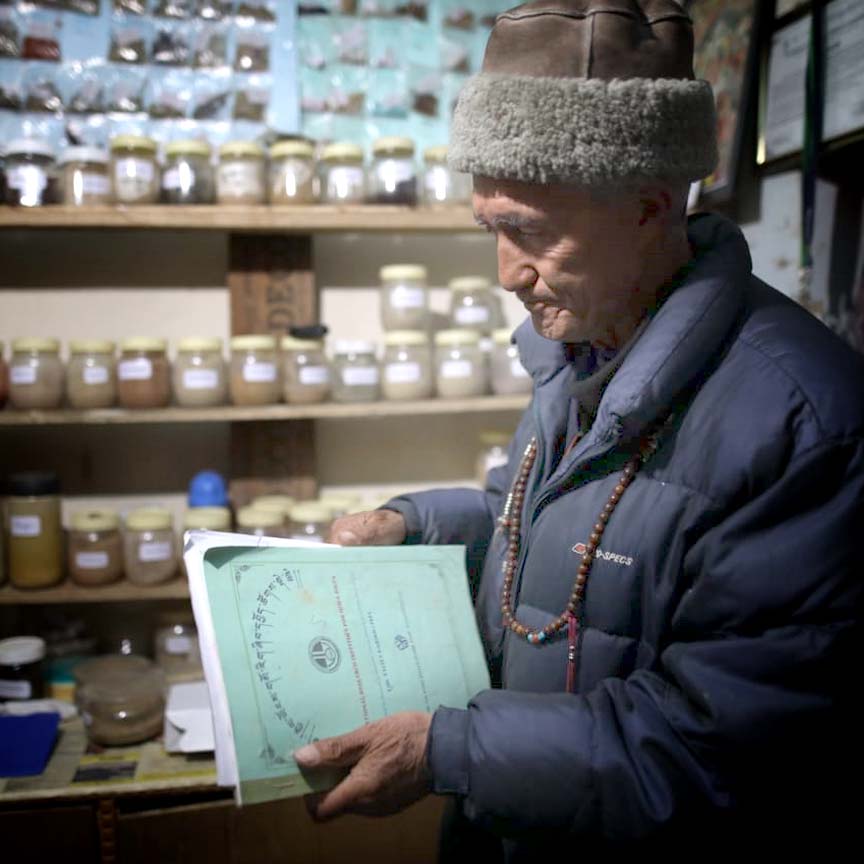
Inside his clinic, small jars are neatly stacked in wall shelves – almost resembling a kitchen full of spices. In the jars, are the magic portions – extracts from medicinal plants.
Runs in the family
Smanla’s father, grandfather and great grandfather were all herbalists before him. And they dedicated their lives to practising Tibetan traditional medicine. He says he is simply following in their footsteps, and his son. Who recently opened his own clinic in Leh, is doing the same.
In his youth and even until a few years ago, Smanla used to hike around the valleys of Ladakh, in search of plants and flowers. That are revered locally for their medicinal value. His age doesn’t allow it much these days.
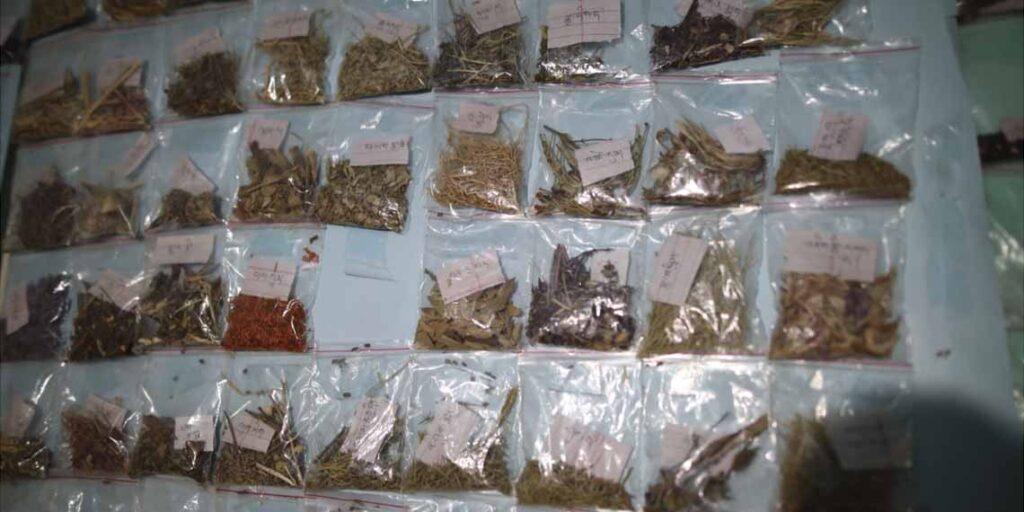
“It’s been two years since I last went up (the mountains in search of the plants). Now, that responsibility is on my son and my daughter-in-law. They go to the valleys of Suru and Nubra. And bring back the plants for both my son’s clinic and mine.” Suru in the Kargil district is almost 170 km away, and Nubra is almost as far.
So how much does he charge for his services? Smanla smiles. “I leave it to the patients to give me as much as they can at the time. This profession was never about profit, it has always been about holistic healing through goodness,” he says. This is a very impressive so The Indian Tribal brings it for everyone to know about it.
Generation gap
Smanla’s clientele was previously from different age groups. People of all ages living in and around Likir would turn to him for help. However, the times have changed, and his clients today are generally those above 60.
“The younger generations tend to turn to western medicine. That has firmly established itself in the biggest towns of Ladakh – Leh and Kargil. But the older ones are more comfortable with the traditional methods, even the ones who may be frequenting the towns.”

